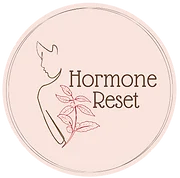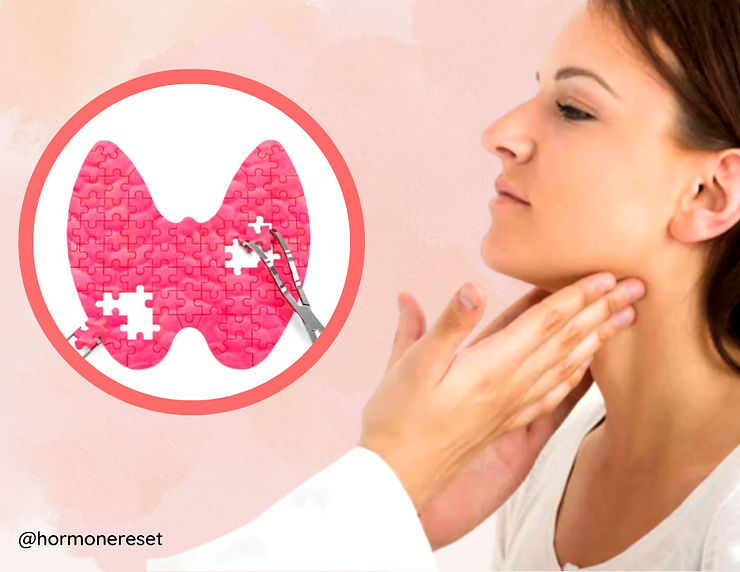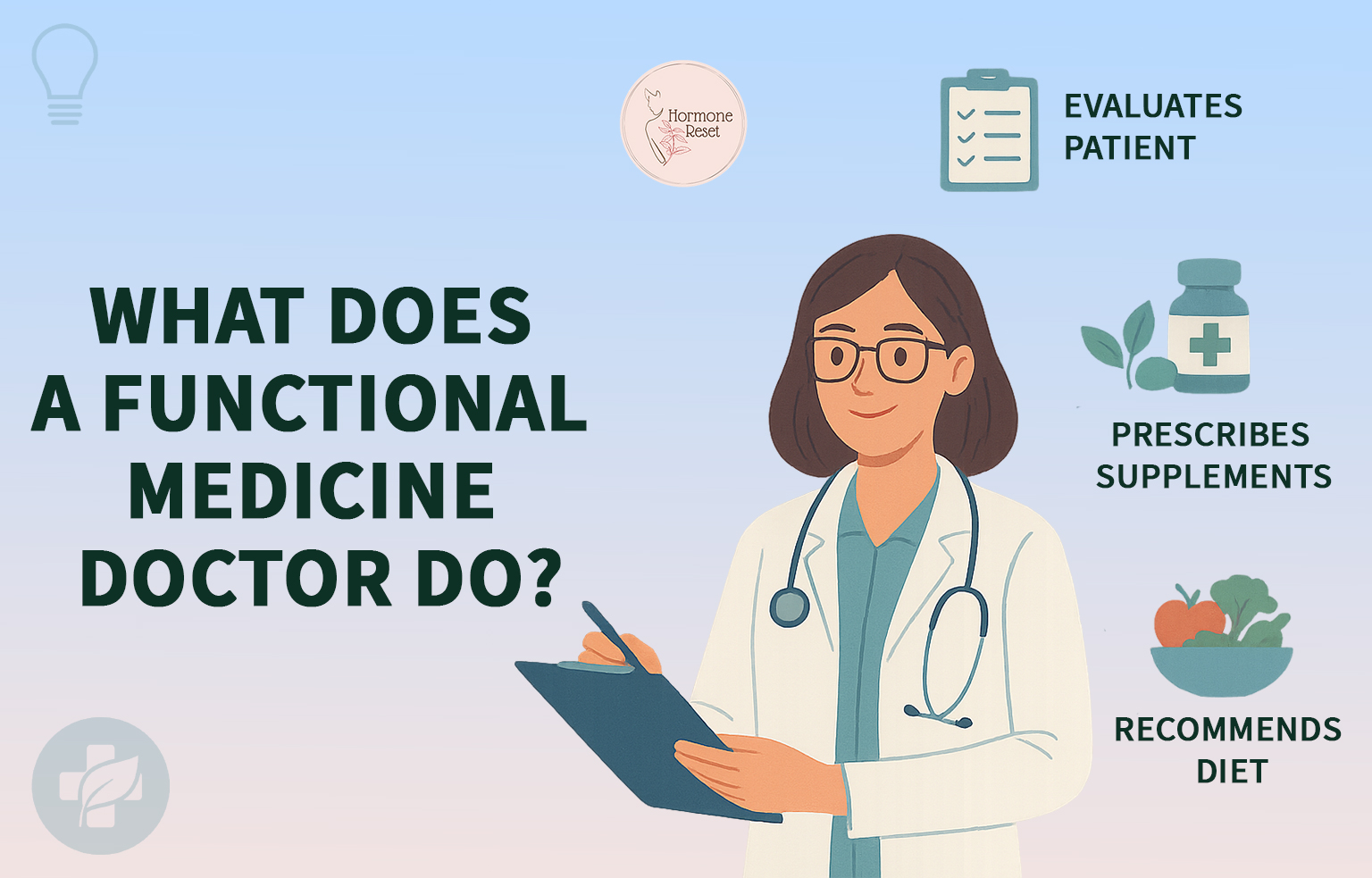In the first part of the hypothyroidism blog we understood the problem in detail. Now let us see how we can resolve it.
First, let us understand the various components of the problem. Once we understand these, addressing them becomes easy.
- Low T4 can result from the following imbalances:
- Iodine deficiency: Without sufficient iodine, T4 synthesis cannot happen optimally.
- Insufficient selenium: Low selenium in the body impacts both, T4 synthesis as well as T4 to T3 conversion.
- Low Protein: This could happen due to insufficient protein intake as well as poor digestion due to low digestive juices and other issues.
- Autoimmune activity: AI can damage thyroid tissues as well as the enzymes needed for T4 synthesis.
- Toxicity: Chemicals like chlorine, fluorine and bromine can replace the iodine in the hormone, rendering it useless.
2. Poor T4 to T3 Conversion can result from the following issues:
- Nutrient deficiency can affect the conversion of T4 to T3 (mainly selenium, iron, zinc, and vitamin A).
- Conversion of T4 to T3 mainly happens in the liver and kidneys. Poor kidney and liver health; insulin resistance, fatty liver etc. adversely impact the conversion.
- Inflammation, (measured via ESR, HsCRP, etc.) and infections also inhibit the conversion (in this case T4 may be moderate or high)
- Toxicity: A variety of toxins can impair the conversion. Heavy metals (Pb, Cd, Hg) can do so by impairing the action of enzymes needed for the conversion.
- It is important to remember that in cases of poor conversion, it is often very useful to take a combination of T4 and T3 supplementation (instead of just T4).
3. Low Free T4:
- Stress: The most common reason for the low level of fT4 is stress. High-stress hormones increase the levels of binding globulin. These globulins then bind with the T4 and hence less is available for systemic effects.
- Estrogen dominance (both endogenous or exogenous) also leads to low fT4 levels
4. High Reverse T3:
- Stress (high cortisol and/or adrenaline) including injury and trauma can lead to a higher conversion of T4 into rT3.
- People having type 2 diabetes are also more prone to higher levels of rT3.
- Calorie restriction: Severe dieting or starvation can lead to higher rT3 levels.
- Specific drugs can increase RT3 while lowering T3 (certain beta-blockers and corticosteroids)
- Other factors like high alcohol intake, food allergy/sensitivity, and chronic infection (viral, bacterial, fungal, or parasitic) can also lead to higher rT3 levels.
5. Autoimmune Thyroiditis: This is when the immune system produces antibodies that damage the thyroid gland resulting in autoimmune hypothyroidism (also known as Hashimoto’s Hypothyroiditis).
This dynamic can happen due to a wide variety of causative and aggravating factors like:
- Intestinal permeability, which is caused by low Vitamin D, gluten and dairy sensitivity, SIBO/dysbiosis and certain medications (steroids, NSAIDs and OCPs), etc. Intestinal permeability can also be triggered by allergies/sensitivity and stress. Also by persistent, simmering infections with impaired immune function (viral, bacterial, fungal, parasitic)
- Stress by itself is fully capable of causing autoimmune disorders.
- Other factors like insufficient nutrition, especially to fuel the immune system (Vit A and D, Zinc, etc.), poor digestion, and no gall bladder can also contribute to the development of this dynamic.
Here is a simple 4 step process that can help one reverse hypothyroidism.

STEP 1 – It is paramount to focus on reducing stress big time. Without this in place, the other interventions will also not have a full impact.
Address the basics – good sleep, deep relaxation, yoga and meditation, gratitude journaling, etc.
If needed, consider taking help from a professional to work on reducing stress.
STEP 2 – Next step is to ensure optimal availability of nutrients – both for the production of T4 and converting it into T3.
For the production of T4, we need selenium, iodine, and protein. For conversion into T3 selenium, zinc, Vitamin A and iron, etc. are required. Ensuring optimal levels of these can go a long way in helping improve thyroid function.
STEP 3 – Next step is to check and address toxicity due to a variety of common toxins. Some of these are lead, mercury, cadmium, chlorine, fluorine, bromine, etc.
The most common source of mercury toxicity is dental fillings and contaminated fish. Dental fillings are referred to as silver fillings, although mercury is almost half of the total. These fillings tend to be a common and potent source of mercury toxicity. It becomes much worse if they are old and worn out. If one decides to remove these fillings, it is important that the removal is handled by an experienced functional dentist so that no mercury enters the body during the removal process.
Chlorine often comes via chlorinated tap water and swimming pools that use bleaching powder as a disinfectant. Fluoridated toothpastes are the most common source of fluorine. Bromine can sometimes come via bromated flours. An appropriate approach for detoxification should be chosen based on which toxins need to be removed.
STEP 4 – If autoimmunity is present the first step is to do a complete elimination of gluten, dairy and all grains for a period of 2-3 months. The reason for this is that these are the most common allergens leading to autoimmunity. We need to remove all grains as very often. Ensure immune nutrients like VIt A, D and zinc are all in the upper half of the reference range.
Remember that autoimmune problems almost always start in the gut. So focus on healing the gut before moving on to the next steps.
One can consider working with an experienced professional to implement the elimination diet protocol effectively.
Hope this article helped you understand the problem in more detail and gave you the confidence that you can overcome hypothyroidism.
Need help?
- Reach out to us on whatsapp at +91-9620317773
- Join our WhatsApp group to know more about Functional Medicine approach for balancing hormones and stay updated about our upcoming webinars and programs. https://chat.whatsapp.com/KeFOA2DsA296Ht84xYxLfh
- Know more about our Unique program for Hormone Reset : https://hormonereset.in/12-weeks-hormone-reset
References:
- Only the combined treatment with thyroxine and triiodothyronine ensures euthyroidism. H F Escobar-Morreale , F E del Rey, M J Obregón, G M de Escobar – https://pubmed.ncbi.nlm.nih.gov/8641203/
- Effect of treatment of overt hypothyroidism on insulin resistance. Aml Mohamed Nada – https://www.ncbi.nlm.nih.gov/pmc/articles/PMC3746089/
- Endocrine function in mercury exposed chloralkali workers. L Barregård, G Lindstedt, A Schütz, and G Sällsten – https://www.ncbi.nlm.nih.gov/pmc/articles/PMC1128033/
Share






Leave a Reply